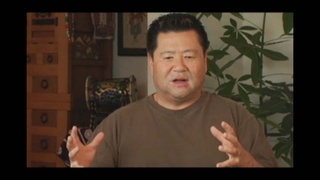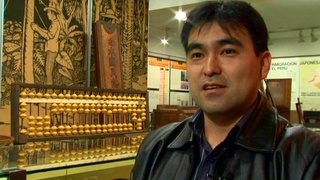Interviews
Role as an artist
My role is always changing as an artist and part of that is because I’m the type of person that doesn’t stay…I can’t just be content doing one thing over and over again. I’m always trying to break out of and do something new. I think a lot of creative people are always looking for that one pure creative idea that they can say, “That is 100 percent original and 100 percent mine and I finally did it.” And we keep working until we get those things. And there’s a sense of artistic dissatisfaction that comes with the territory. We’re always…I mean we’re self-deprecating and we’re perfectionists because we look at what we’re doing and we always think we can make it a little bit better.
In general, when I’m making songs or making art, I think sometimes it’s just for fun. You know, I just want to do something silly or something to make people happy and enjoy it and have a good time. And other times I do want to push people’s buttons and really make them think about themselves or about the world in general. Art is what it is because the whole point of it is to…on one hand, you want to put your emotions out there and it’s cathartic in a certain way but on the other hand, you also want to make other people feel something, give them some kind of emotional reaction or give them a connection to say, “I’m putting this into the best words…this emotion into the best words I can think of just to let other people know – the people who are thinking it, too – that they’re not alone.
Date: January 16, 2006
Location: California, US
Interviewer: Chris Komai and John Esaki
Contributed by: Watase Media Arts Center, Japanese American National Museum





